Scientists at the International Institute of Molecular and Cellular Biology (IIMCB) in Warsaw, Poland, have made a breakthrough discovery, identifying a key role for TENT5 proteins in reproductive cell development. The research, the results of which have been published in the journals Nature Communications and Scientific Data, could lay the foundation for new infertility treatments.
Role of TENT5 proteins in reproductive cells
TENT5 proteins, identified in 2016, have an important function in mRNA polyadenylation – the elongation of the poly(A) tail, which affects the stability and efficiency of mRNA translation. A team led by Prof. Andrzej Dziembowski showed that the absence of TENT5 proteins in oocytes leads to their degeneration and death, confirming their irreplaceability in oocyte development.
Significance for male fertility
Previous studies, including teams from China, have pointed to the link between mutations in the TENT5C and TENT5D genes with male infertility, particularly with teratozoospermia – a condition characterized by the presence of sperm with abnormal morphology. Recent IIMCB studies confirm that TENT5 proteins are also crucial for spermatogenesis, affecting mRNA stability in male reproductive cells.
Identification of TENT5-dependent genes
Using advanced techniques such as RNA sequencing, the research team has identified specific genes whose expression is regulated by TENT5 proteins. The discovery provides new insights into the molecular mechanisms controlling germ cell development and may have implications for future infertility therapies.
The IIMCB team’s findings open up new possibilities in the diagnosis and treatment of infertility. Understanding the role of TENT5 proteins in mRNA polyadenylation and their impact on gamete development may contribute to the development of new therapeutic strategies, especially in cases of infertility of unknown etiology.
Sources: Nature, Wiley Online Library







